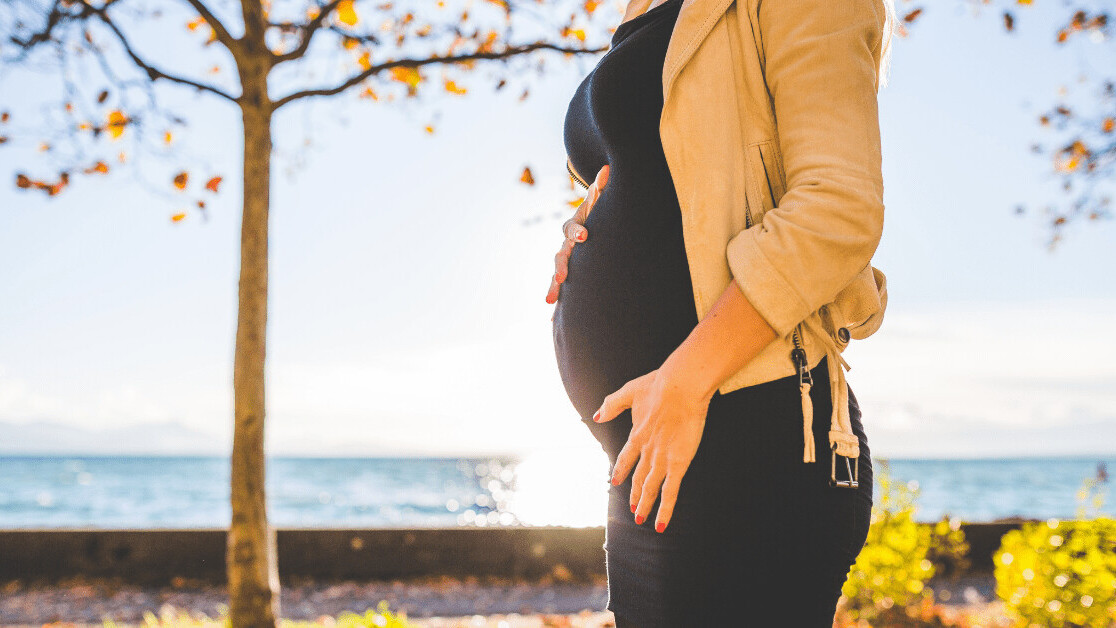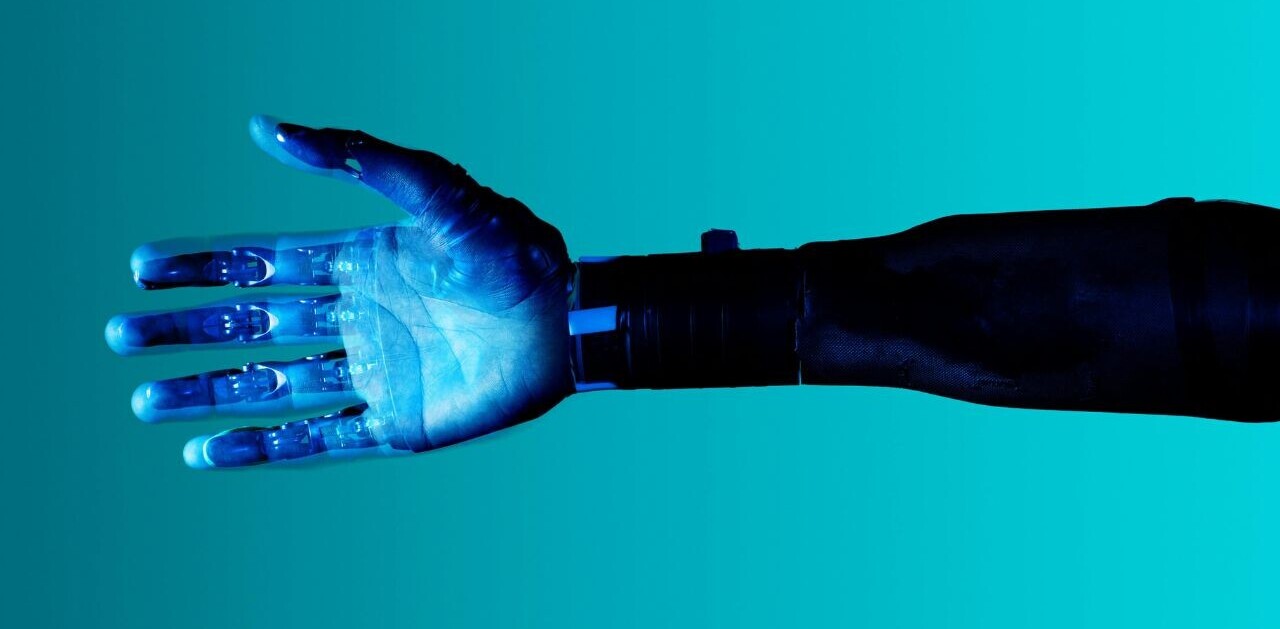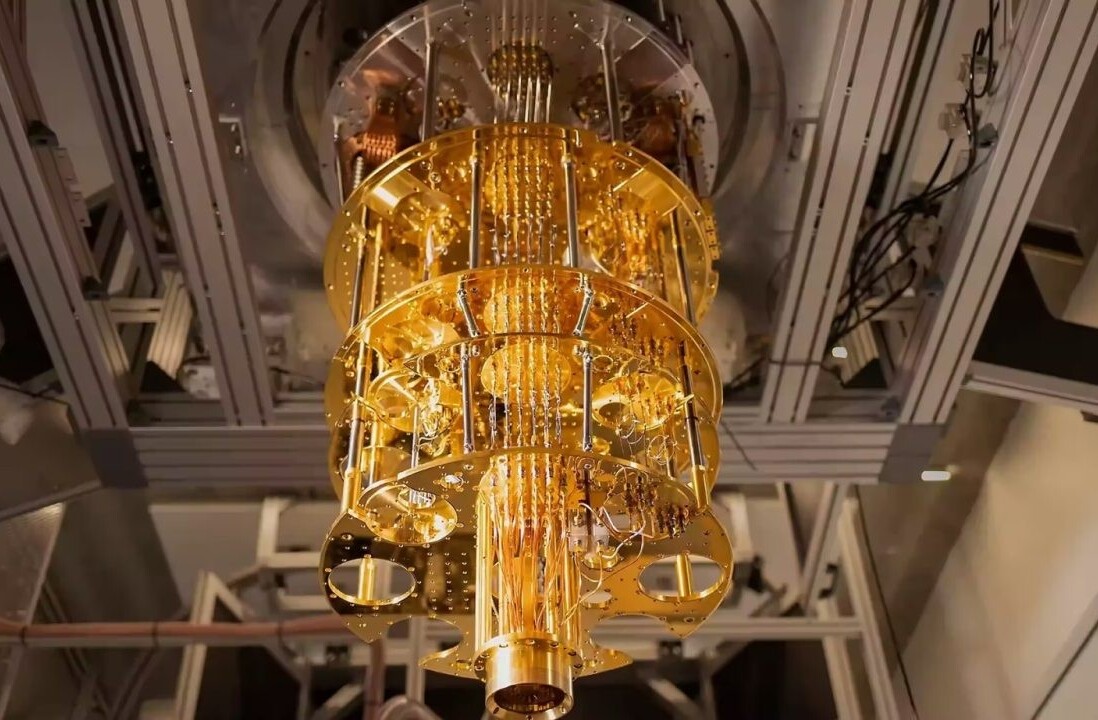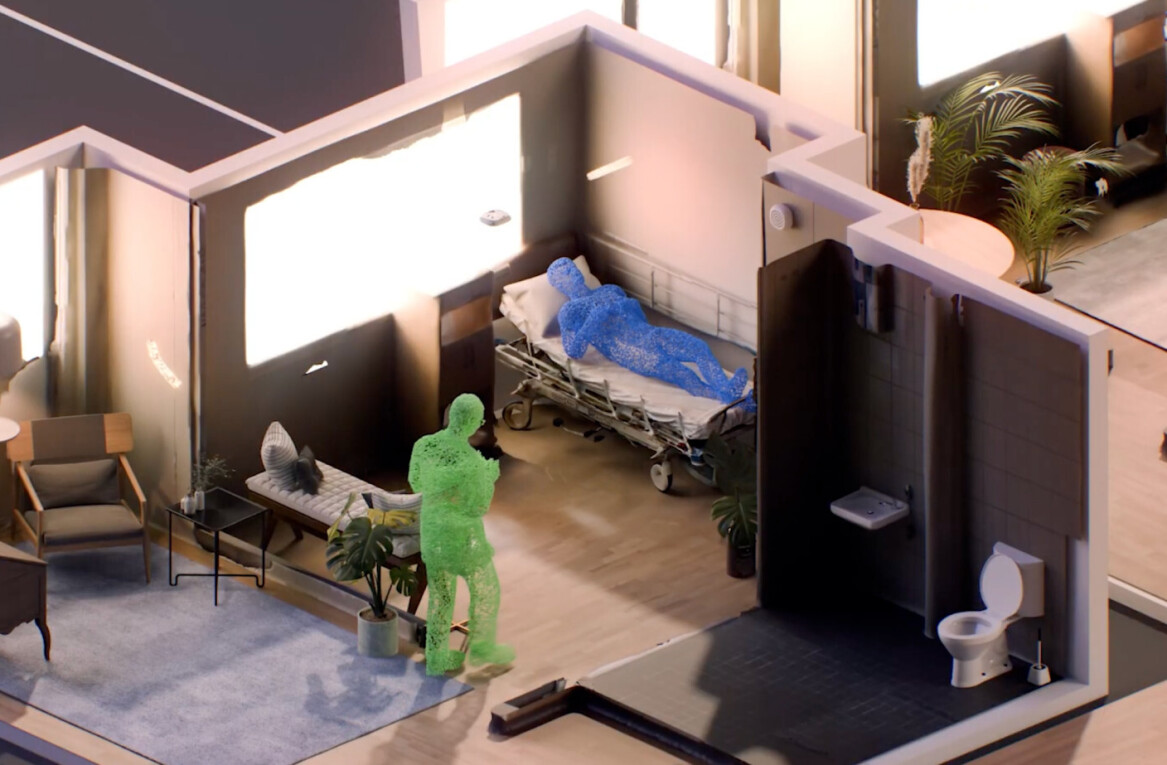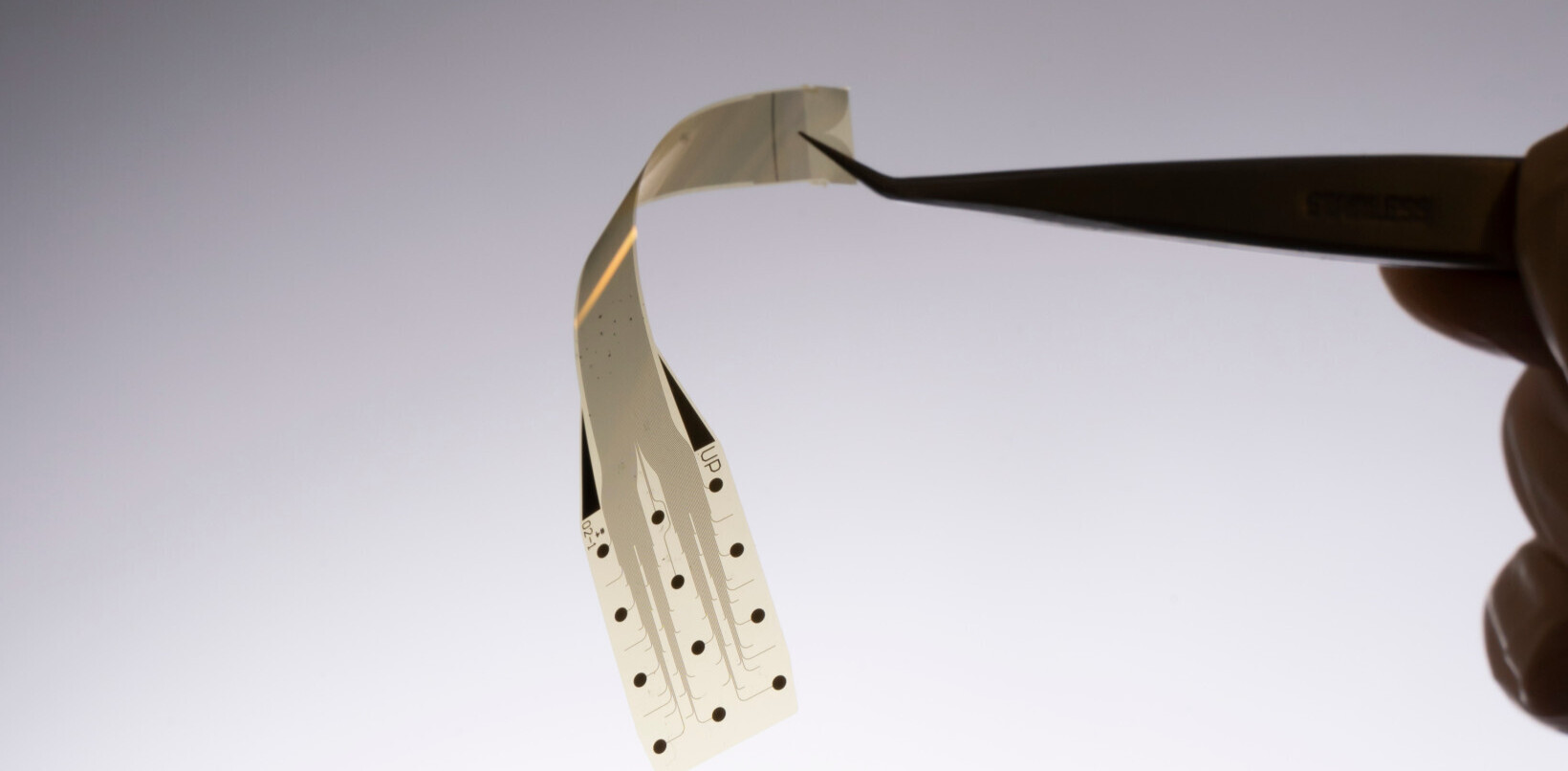Researchers from Carnegie Mellon University (CMU) have developed a machine learning technique that analyzes placenta samples for signs of health risks in future pregnancies.
The system aims to assist the work done by doctors, who sometimes analyze placentas for signals that women could have health problems the next time they’re pregnant.
Among the biggest warning signs are blood vessels with lesions called decidual vasculopathy. Their presence suggests a mother could suffer from pre-eclampsia, a condition that complicates 2-8% of pregnancies and one that can be fatal to both mother and baby.
If these lesions are spotted early, the condition can be treated before symptoms arise. But as the examination is extremely time-consuming and requires highly-specialized skills, it’s rarely conducted.
[Read: ]
CMU’s approach aims to make the assessment more accessible, by automatically searching placenta slides for the diseased vessels.
“Pathologists train for years to be able to find disease in these images, but there are so many pregnancies going through the hospital system that they don’t have time to inspect every placenta,” said researcher Daniel Clymer in a statement.
“Our algorithm helps pathologists know which images they should focus on by scanning an image, locating blood vessels, and finding patterns of the blood vessels that identify decidual vasculopathy.”
How the system works
The team trained their algorithm to spot the diseased lesions by feeding it images of placenta samples.

It first detects all the blood vessels in the image, and then determines whether each individual vessel is healthy or not. The algorithm also weighs up different features of the pregnancy, such as the gestational age and any conditions the mother has. If the system detects any abnormalities, it marks the placenta as diseased.
In testing, the algorithm classified the lesions more accurately than professional pathologists.
However, the researchers don’t expect the system to replace medical professionals. Instead, they want it to flag up regions where pathologists should take a closer look. Ultimately, they hope it will decrease the cost of the examination, opening up access to more mothers and their babies.
You can read the full research paper for free in The American Journal of Pathology.
So you’re interested in AI? Then join our online event, TNW2020, where you’ll hear how artificial intelligence is transforming industries and businesses.
Get the TNW newsletter
Get the most important tech news in your inbox each week.
